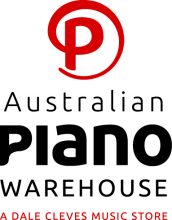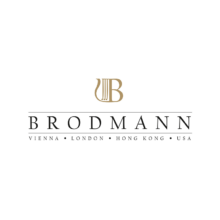Learning to play the piano during COVID
There’s never been a better time to learn
Many people ask ‘can I learn the piano as an adult?’. Absolutely!
At the moment, more and more adults are flocking to learn the piano – and with good reason! Learning the piano is relaxing, enjoyable, and good for the mind. Whether you choose to see a piano teacher, learn through online tutorials, or pick up a music book, here are some helpful hints to get you going:
- Think about your goals
What do you want to have learned on piano once covid is over and life has returned to normal?
Here are some examples:
- To be able to play my favorite song with confidence.
- To master Hanon exercises
- To be able to sing and play piano at the same time
- To learn how to improvise/get better at improvising
- To play piano in front of my family
Why do I want to be able to do this?
- ‘I want to do something that is relaxing and enjoyable’
- ‘I want to be able to play the songs I love’
- ‘I want to have improved my technique’
- ‘I want to start performing’
- ‘I love the sound of piano and I’ve always wanted to play’
- Find the right learning tools to suit your goals
Let’s take a look at what is available online
If you want to learn jazz, why not learn from Herbie Hancock? He has created an in depth lesson series on Masterclass.
https://www.masterclass.com/classes/herbie-hancock-teaches-jazz/chapters/piano-basics#
Playground sessions was co-created by music legend, and producer of Michael Jackson’s Thriller, Quincy Jones
The lessons have been created by a team of instructors, including Harry Connick, Jr.
https://www.playgroundsessions.com/
Music learning app ‘Flowkey’ gives you everything you need to get playing piano right away. It was created in cooperation with Yamaha music, and gets you playing your favorite songs right away. For beginners, you can begin with a Beginners Course which covers the basics. Check it out here: https://app.flowkey.com/intro
If you are a beginner and prefer heading straight to YouTube, the channel ‘Easy Piano’ has a wide range of pop songs to learn. https://www.youtube.com/channel/UCPfDF8O9GllZ-79F76Q7LXA
Already know how to read music? Musicnotes contains over 400,000 song arrangements available to purchase and download on the spot. https://www.musicnotes.com/
These are just some of the tools that can have you starting, or continuing, your journey as a piano player.
- Find a teacher.
Nothing beats sitting down with a teacher, especially if you want to speed up your learning process. Ideally, you’ll be getting lessons, and using online materials as supplementary learning.
A good teacher will quickly identify your strengths and see where you need to improve. You are bound to have a lot of ‘aha!’ moments as the teacher tells you exactly what to work on.
If you’re feeling unmotivated, not progressing past a certain point, or experiencing ‘information overload’ from looking at a variety of different online tutorials without finding the best one for your needs, getting a teacher is the best thing you can do.
- Structure your practice
Break down your practice into meaningful chunks to ensure you are developing technique, building new skills, and strengthening existing skills.
For example, you might spend 20 minutes playing exercises from a book or app, 20 minutes on a new concept you have just learned – either in your lesson, or from an online tutorial, and 20 minutes playing whatever you like for fun.
We have a large variety of keyboards and pianos available for shipping across Australia. Feel free to get in touch with one of our friendly, experienced piano specialists on 1300 888 279, or simply connect to our live chat operator to find the best instrument for your needs.











